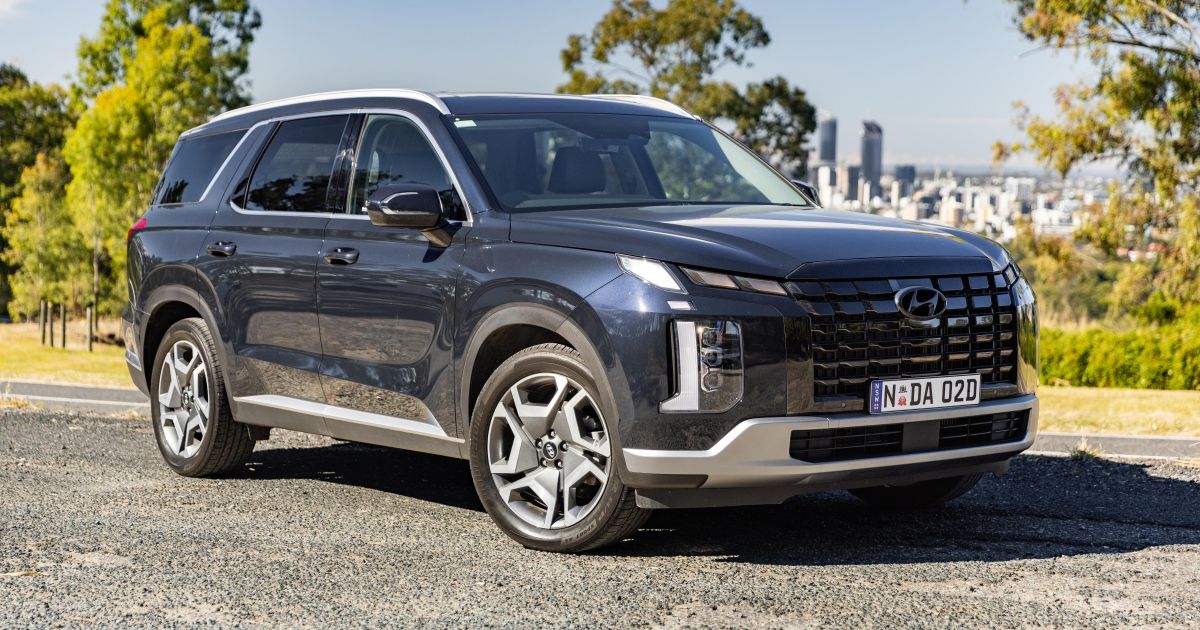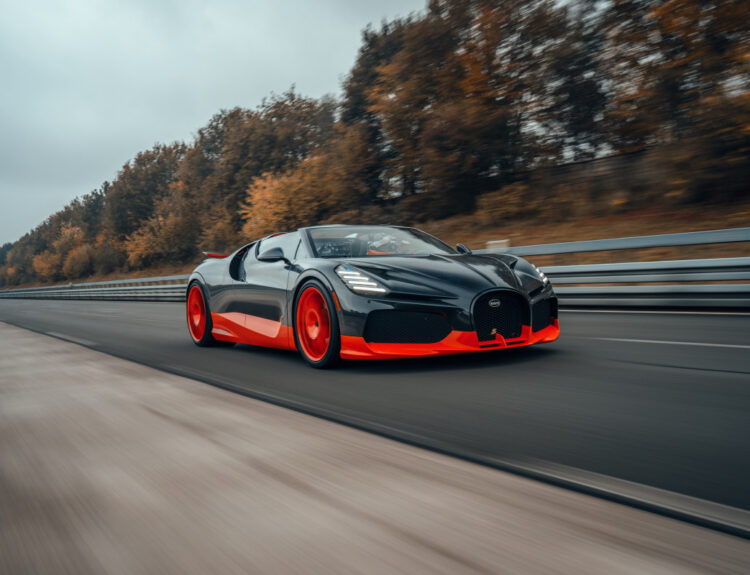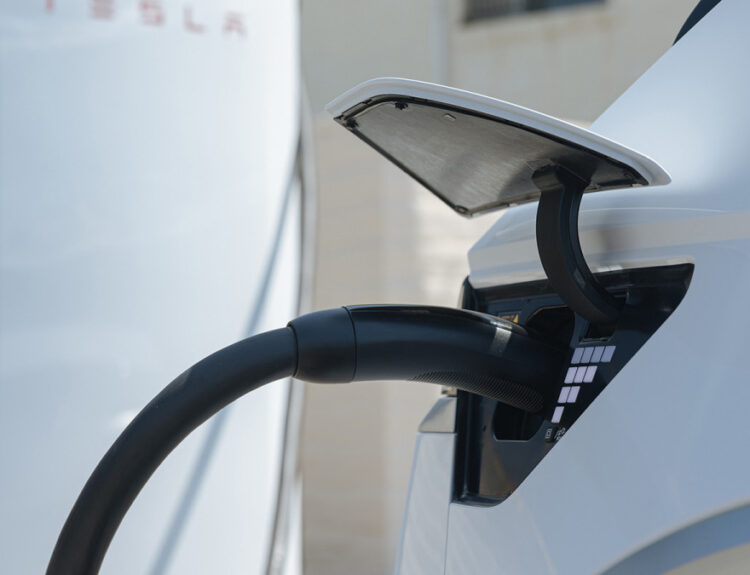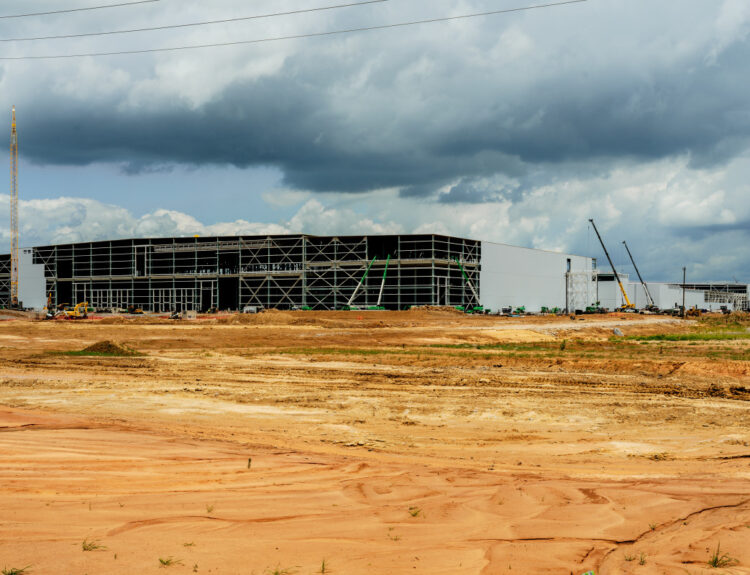The Swift-Evolving Landscape of the Automotive Market
The pace at which the automotive industry evolves cannot be overemphasized, particularly in the realm of new vehicle offerings. Take, for instance, my last experience with the Hyundai Palisade in late 2022. At the time, I was captivated by this SUV’s bold design and intuitive features.
Fast forward two years, and while the Palisade remains a commendable choice in its segment, some of its initial allure has faded. This isn’t due to any flaws on Hyundai’s part; rather, it’s a testament to the advancing competition, notably from within its own lineup, with the emergence of the fresh and boxier Santa Fe model vying for attention.
Notably, the Palisade boasts a unique selling proposition that sets it apart: a robust diesel engine option. For enthusiasts weighing their choices, the impending arrival of a next-generation model adds yet another dimension to their decision-making process. But first, let’s delve into how the current iteration holds up.
Our examination focused on the base Elite model equipped with the optional turbo-diesel engine; this configuration is the sole avenue for all-wheel drive. Opting for the petrol V6 relegates buyers to front-wheel drive in Australia.
Aesthetically, the Elite model showcases a distinctly different appearance from the flagship Highlander. It features a dark grille in place of the Highlander’s more ostentatious chrome front, paired with unique wheel designs. Some may even find this variation more appealing than its Highlander counterpart. Adorning the Palisade in the striking Moonlight Blue finish, the vehicle remains visually captivating well into its lifecycle.
Pricing Breakdown for the Hyundai Palisade
- 2025 Hyundai Palisade Elite FWD V6: $66,800
- 2025 Hyundai Palisade Elite AWD diesel: $70,800
- 2025 Hyundai Palisade Calligraphy FWD V6: $75,900
- 2025 Hyundai Palisade Calligraphy AWD diesel: $79,219
In terms of configurations, the Palisade maintains consistent pricing whether you opt for seven or eight seating arrangements. Competitively, it faces diesel alternatives like the more compact Kia Sorento, as well as Mazda’s CX-80 and CX-90. Additionally, other robust body-on-frame SUVs such as the LDV D90 and Toyota LandCruiser Prado contribute to a diverse competitive landscape.
Interior Insights of the Hyundai Palisade
Hyundai elevates the base model experience, ensuring that purchasing the entry-level Palisade Elite does not feel like opting for the budget choice. The interior is largely comparable to the Highlander’s, with subtle distinctions that keep the Elite from feeling lackluster.
Consider the materials: while the headliner and pillar trims lack the luxurious suede seen in the Highlander, they utilize a pleasing knit fabric that feels premium. The Palisade Elite still includes a sunroof—albeit limited to the front row. Notably absent is a particular color option, but the standard black interior is nicely complemented with contrasting lighter accents.
Material quality remains commendable, featuring soft-touch surfaces adorning the center console and dashboard. The cabin design facilitates user accessibility, though one quirk stands out: a grab handle for the driver’s side but not for the passenger.
Storage capabilities abound, featuring a sizable center console bin, ample bottle holders, and additional USB-C and 12V outlets scattered throughout the cabin. The infotainment system, which spans a generous 12.3 inches, continues to impress with its intuitive interface and rapid responsiveness.
A significant update from the 2023 model year incorporates voice control capabilities outside standard smartphone connectivity, part of the Bluelink suite that enhances the vehicle’s connectivity with features like emergency notifications and remote control functions via a mobile app.
Under the Hood
The core of the Hyundai Palisade Elite AWD is a 2.2L turbo-diesel four-cylinder engine, generating 147 kW at 3,800 RPM and producing a robust 440 Nm of torque between 1,750 and 2,750 RPM. While on paper the vehicle offers class-leading specifications, real-world fuel consumption skews towards the higher end, hitting around 11L/100 km during mixed driving which, although not ideal, showcases the engine’s power delivery.
Driving Impressions
Upon re-engaging with the Palisade, my initial impression was marred by the noise of the diesel engine—far noisier at idle than I remembered. Unfortunately, this clunckiness was an unwelcome reminder of the diesel’s less refined nature. The vehicle compensates, however, with a torque-laden driving experience paired with a seamless transmission.
Though it can’t quite match the towing capacity of more rugged competitors like the Ford Everest or Isuzu MU-X, the Palisade maintains competent handling and remarkable agility for its size. While the ride comfort leans towards a firmer side, the overall experience remains agreeable.
On highways, adaptive cruise control and lane assistance features facilitate long-distance driving, ensuring a comfortable cockpit environment.
Conclusion: Is the Hyundai Palisade Worth It?
With its recent models, Hyundai has solidified the Palisade’s place amongst its competition, now available exclusively in Elite, Calligraphy, and Calligraphy Black Ink trims. The five-year ANCAP safety rating reaffirms its reliability, with an impressive suite of safety features enhancing its appeal.
As we look towards the next generation of the Palisade, the current model still stands strong. With its spacious interior, potential diesel advantage, and a well-crafted ambiance, it offers a well-rounded option. However, those drawn to the newer Santa Fe’s aesthetics or seeking the latest in technology might find their inclinations swayed.
Overall, while awaiting the next iteration of the Hyundai Palisade, the current model still holds merit in a fiercely competitive market.
Source:www.carexpert.com.au






